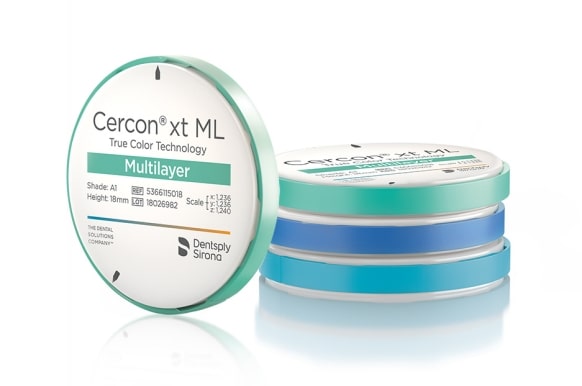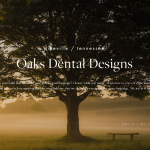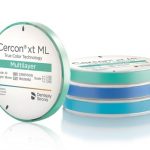26 June 2019
In the material world, Cercon® has the clinical studies to substantiate its success.
O
ver the past decade, zirconia has become an indispensable material in the fabrication of all-ceramic dental restorations, most notably crowns and bridges. The simplified processing of zirconium oxide is closely connected to further developments in CAD/CAM technology. Continuous innovation in material technology, CAD/CAM software, and milling systems has propelled zirconia dental materials into the spotlight as the “go to” material for strength, esthetics, durability, and predictable performance.
The application of materials science is unique in dentistry because of the complexity of the oral cavity, which includes bacteria, high masticatory forces, ever-changing pH, and a warm fluid environment. To date, more than 50 clinical studies validate the success of Cercon® in overcoming the challenges of this environment on a daily basis. These studies pertain to the entire Cercon family, including Cercon® ht, Cercon® xt, and Cercon® xt ML. Let’s take a look at a few in particular:
In a study evaluating flexural strength and fracture toughness comparing six different ceramic materials, results indicated that “Cercon Zirconia core material showed high values of biaxial flexural strength and fracture toughness when compared to the other ceramics studied.” [1]
Although Cercon xt ML does not require veneering porcelains because its multilayer technology enables the production of monolithic full-contour restorations (simply “mill and seat”), Cercon xt and ht are often used as substructures to which veneering material are applied. In a 2016 study published in the International Journal of Biomaterials, it was concluded that 15 years of clinical usage as indicated by artificial aging has no effect on the bond strength between Cercon and the veneering ceramic. In fact, the zirconia veneer interface tested stronger than the strength of the veneering ceramic itself. [2]
Zirconia has become an indispensable material in the fabrication of all-ceramic dental restorations
A 2009 study published in the European Journal of Oral Sciences, 58 Cercon restorations were placed in 48 patients. Twenty-four of the restorations featured an end-abutment design (EAD), replacing three premolars and 21 molars. Thirty-four had a cantilever design (CD) replacing 11 premolars and 23 molars. After a four-year period, the survival rate was 90% for the EAD restorations and 92% for the CD restorations. [3]
Studies such as these are necessary to help demonstrate anticipated material performance in real-world clinical application. Case studies and experiential articles penned by dental professionals are also important to consider, as these demonstrate actual clinical performance as observed by the end-user. One such article is published in the August/September 2019 edition of the Journal of Dental Technology. Titled “Expert Technician Meets a New Multilayer Zirconia”, Bart Cothran, CDT relates his experience with using Cercon xt ML in his lab.
In the July 2017 issue of Dental Products Report, Thomas Blanchette, lab manager at B&R Dental Laboratory in San Antonio, talks about the use of Cercon ht and Cercon xt to achieve strong, esthetic, and predictable results. In the article, one of Thomas’s customers, Michael Zingalis, DDS, also describes his experience with Cercon restorations, stating, “The Cercon material is great since it’s more lifelike with its translucency, and there’s a faster turnaround time from the lab.”
For more information about the Cercon material family, click here.
References:
- Yilmaz H, Aydin C, Gul BE. Flexural strength and fracture toughness of dental core ceramics. J Prosthet Dent. 2007 Aug;98(2):120-8.
- Sehgal M, Bhargava A, Gupta S, Gupta P. Shear bond strengths between three different yttria-stabilized zirconia dental materials and veneering ceramic and their susceptibility to autoclave induced low-temperature degradation. Int J Biomater Epub 2016 May 12.
- Wolfart S, Harder S, Eschbach S, et al. Four-year clinical results of fixed dental prostheses with zirconia substructures (Cercon): end abutments vs. cantilever design. Eur J Oral Sci. 2009 Dec;117(6):741-9.








